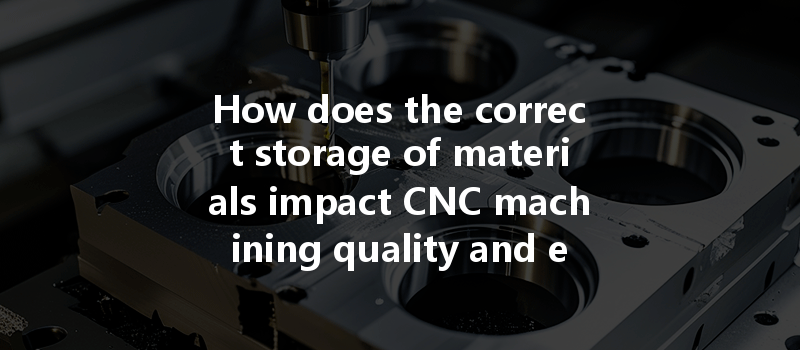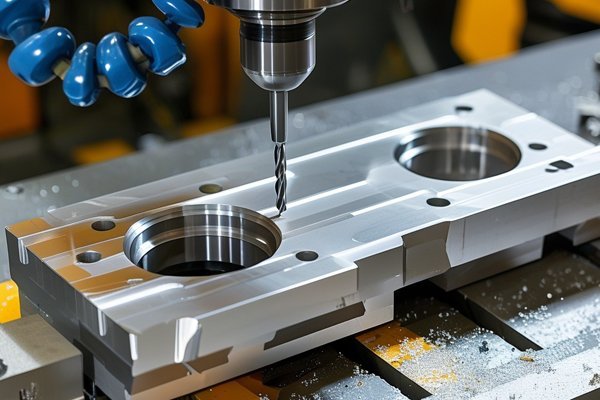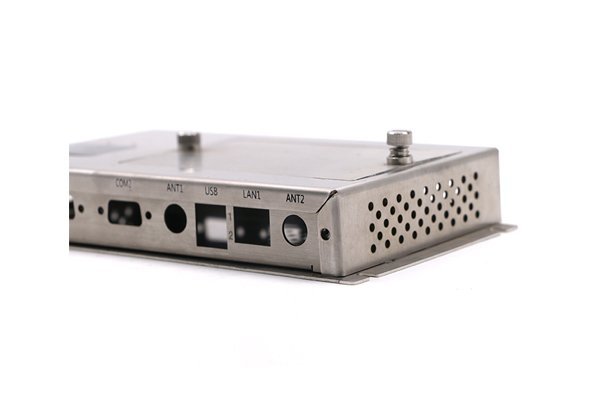—
The Impact of Proper Material Storage on CNC Machining Quality and Efficiency
:
Did you know that improper storage of materials can lead to inefficiencies costing manufacturing businesses thousands of dollars annually? In CNC (Computer Numerical Control) machining, details matter – right from the storage of raw materials to the final output. Let’s dive into how material storage impacts the quality of CNC machining and why it’s a critical aspect of the manufacturing process.
The Importance of Material Storage in CNC Machining:
CNC machining is an intricate process involving the high-precision removal of material to create parts and components used across various industries, from aerospace to automotive. The quality of the final product is inevitably linked to the quality of the raw materials used in the machining process. Improper storage can introduce a range of challenges, including:
Best Practices for Material Storage in CNC Machining:

Case Studies: Successful Implementation of Material Storage Best Practices:
Several manufacturing companies have experienced significant improvements in machining quality and efficiency by adopting strict material storage protocols. For instance, Company X, a CNC machining firm specializing in aerospace components, transformed its material storage by some organizational changes, minimizing material degradation instances by 30%. The resulting efficiency not only accelerated production cycles but also reduced expenses related to waste.
:
The storage of materials may appear to be a simple aspect of the CNC machining process, but its implications on quality and efficiency are profound. By implementing best practices for material storage—from providing a controlled environment to ensuring proper labeling—you can enhance the lifespan and performance of your materials and improve your overall machining operations.
Remember, proper material storage isn’t just about avoiding losses—it’s about preserving quality and ensuring the efficiency of your CNC machining processes. As manufacturing continues to evolve, understanding and implementing these core principles can give your business a competitive edge.
—






